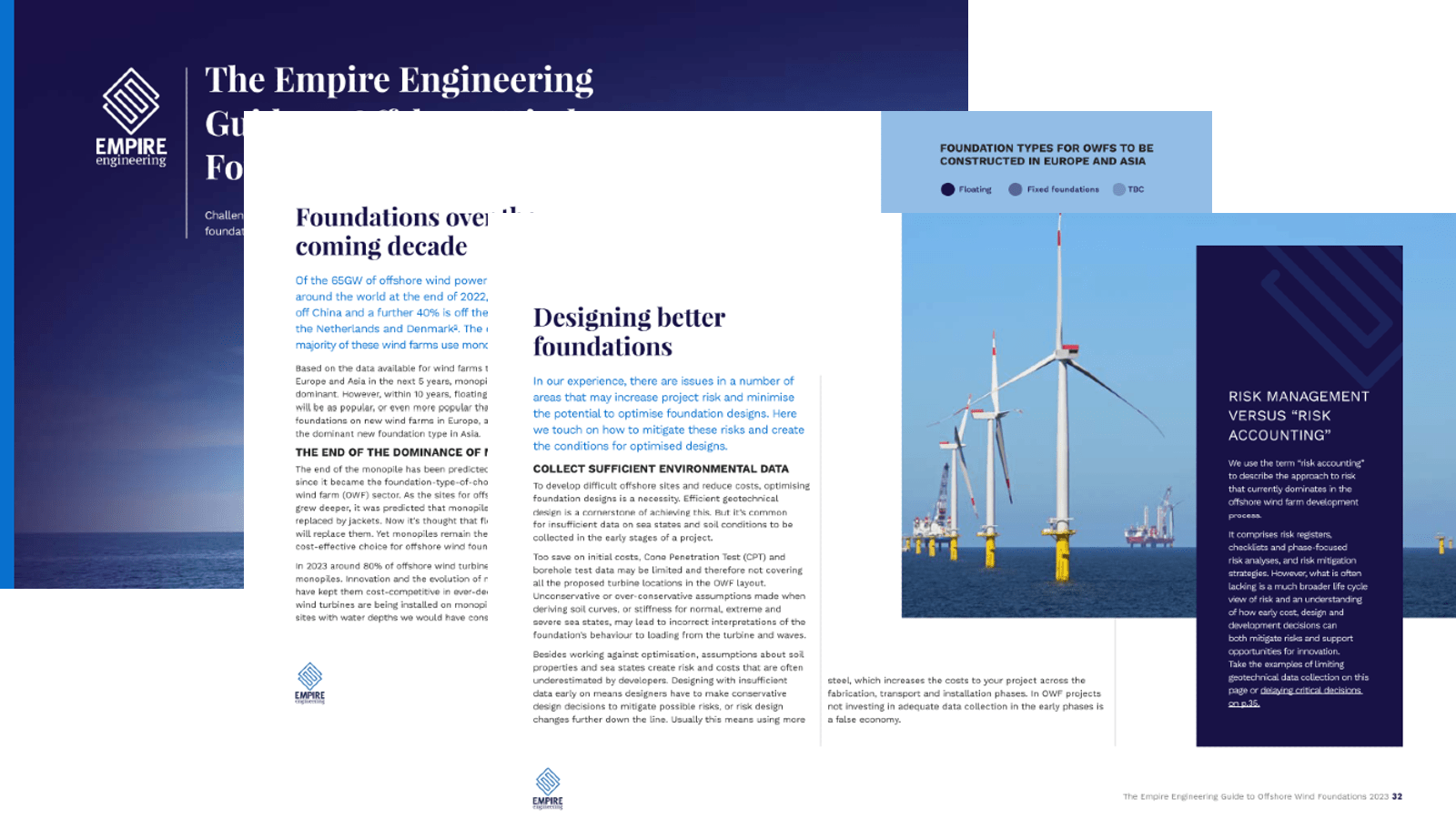By Saurabh Gunecha.
Introduction
With growing awareness about the environmental impact of carbon intensive energy generation, renewables have been gaining growing focus from governments and developers all over the world.
Wind and Solar are the two major promising sources of renewable power, where technological readiness is already at Level 9. With solar facing space constraints on the land, and with growing division among the public about onshore wind development, offshore wind seems like a win-win solution for everyone involved.
Although wind blows at near constant speeds and throughout the year, offshore wind power has some issues that has required both ingenuity and clever engineering to solve. One such problem faced by Offshore Wind Farm (OWF) developers is wake losses.
Unlike problems like corrosion and fatigue, this one has a lot more to do with the spatial arrangement of turbines in the wind farm.
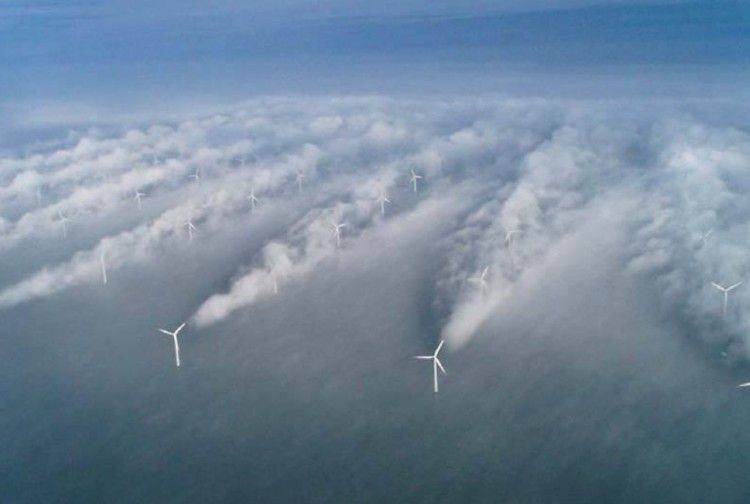
Image from Vattenfall. Photographer: Christian Steiness.
To invest or not?
For a developer, a key question before deciding on the decision to invest or not, boils down to how much energy a windfarm will produce on an annual basis. The answer to this question depends on external factors, like the wind potential of an offshore area, and internal factors, like the layout of a wind farm.
Each individual turbine in an OWF interacts with the wind coming from upstream and changes it before it move downstream to other turbines. This is where the wake effect originates.
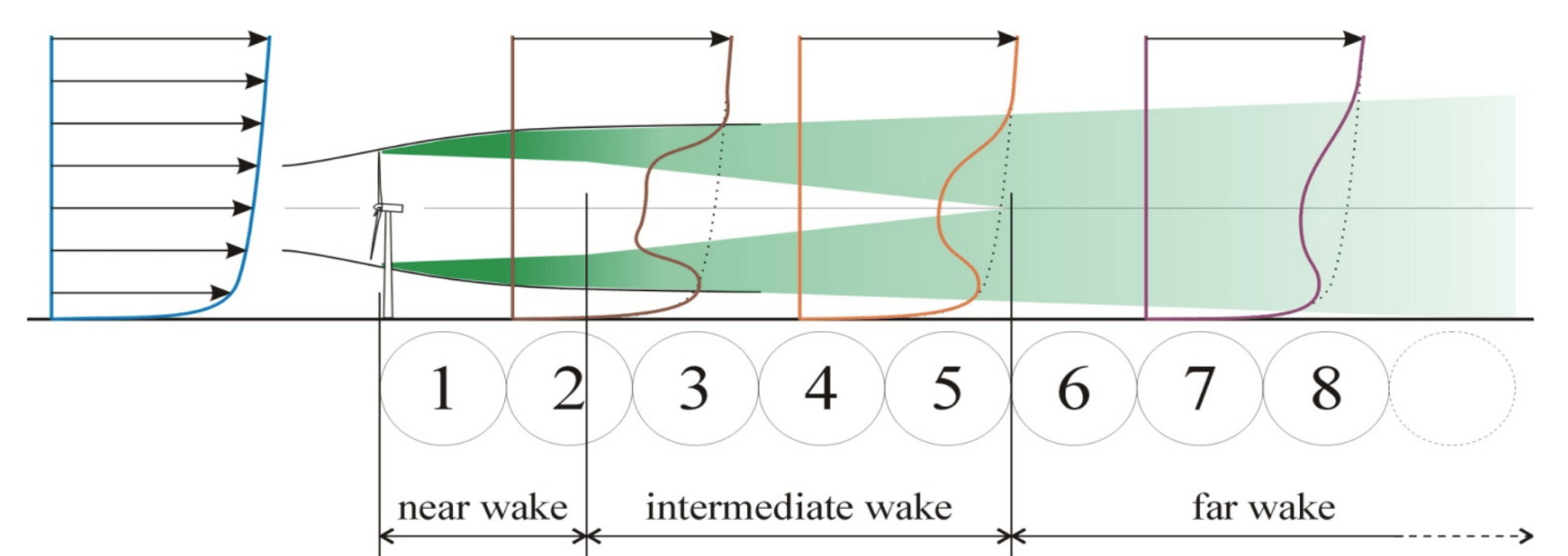
Division of wake in near, intermediate and far wake regions. Source: R J Barthelmie et al 2015 J. Phys.: Conf. Ser. 625 012002
Wake and ‘Wake loss’
A wake is a cylinder of air downwind of a turbine in which the wind speed is reduced because of the wind energy that has been extracted by the turbine [2]. The loss of energy generation capacity of the downstream turbines due to this wake effect is collectively referred to as wake losses.
Wake losses in a OWF can significantly impact energy production. Understanding and addressing wake losses is crucial for maximizing the efficiency and economic viability of offshore wind farms.
A wake has many causes, and a few common ones are as follows:
1. Turbine spacing and layout
Turbine layout plays a critical part in creating wakes. Closely placed turbines can exacerbate wake interference leading to higher wake losses for the downstream turbines. A properly designed layout is therefore critical when it comes to the generation potential of an OWF.
2. Atmospheric stability / Turbulence
Atmospheric condition at the OWF site plays critical role in determining the wake losses.
In atmosphere, the main driver of wake magnitudes in approximate order of impact are – 1) wind speeds, 2) the wind direction and 3) turbulence intensity and 4) stability [5]. Detailed studies conducted from the data collected from Offshore Wind Farm Egmond aan Zee (OWEZ) conclude that if normalized power is conditionally sampled by both wind direction and Turbulence Intensity (TI) then wake losses are larger in low turbulence condition and vice-versa [5].
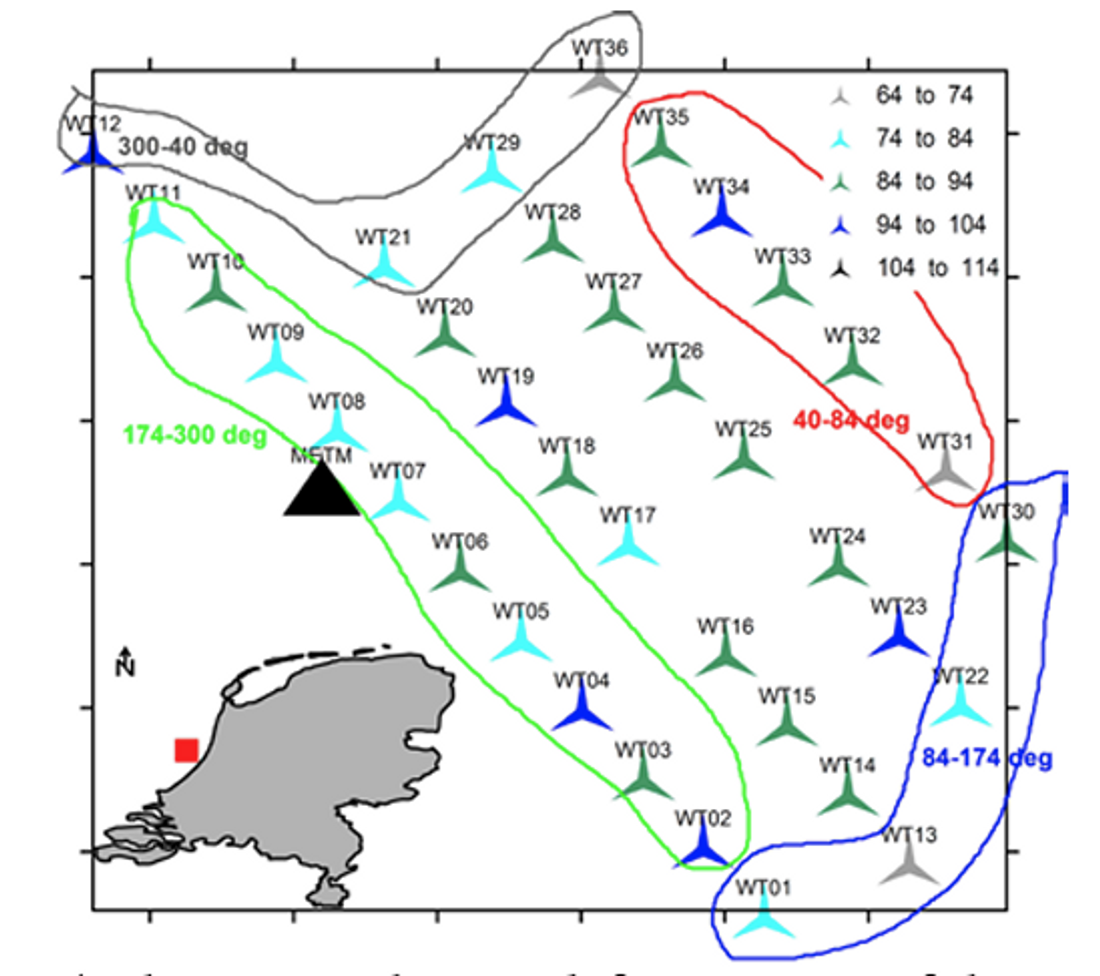
Turbine layout of Offshore Wind Farm Egmond aan Zee (OWEZ)
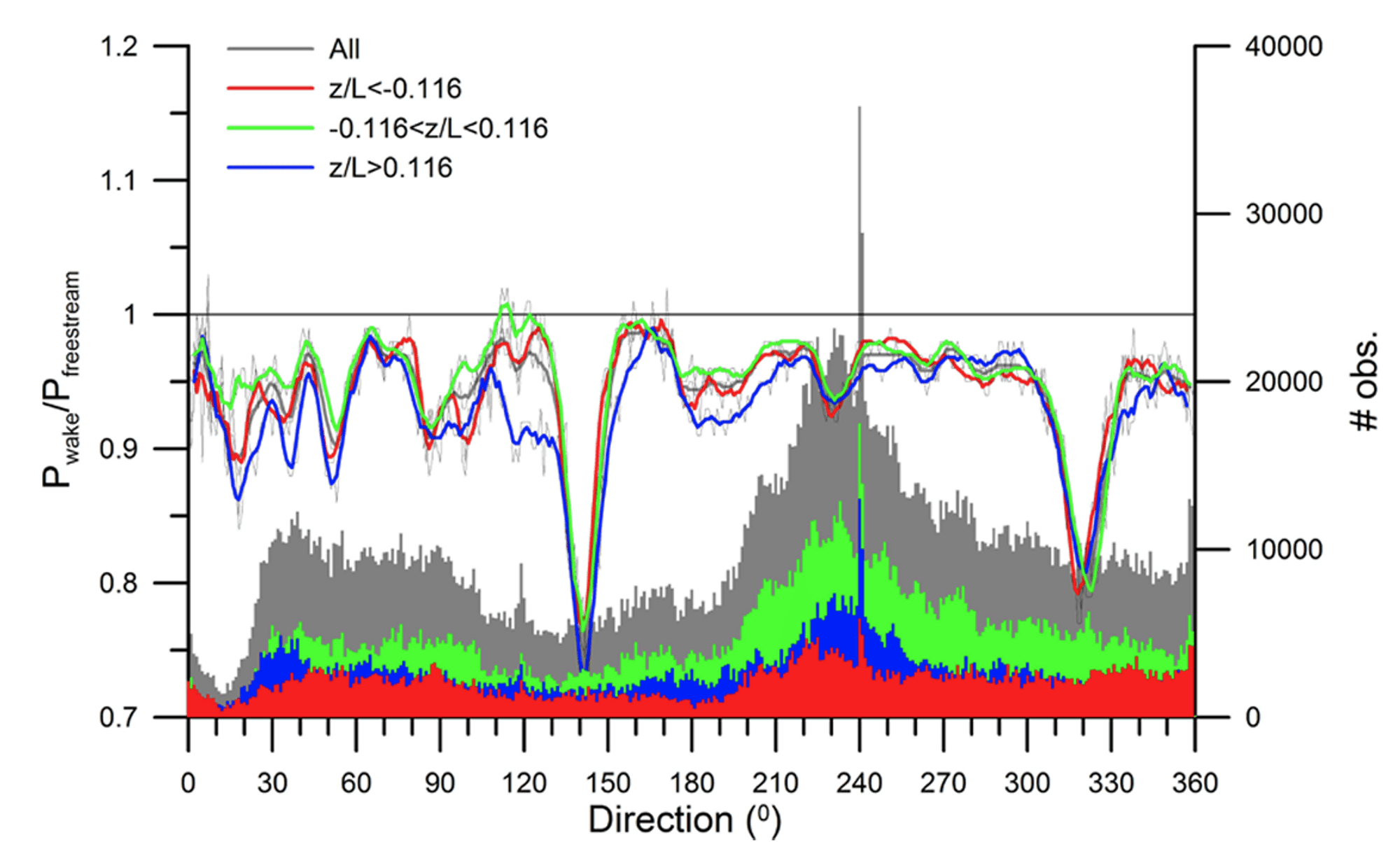
Plot of ratio of power output (considering wake) and power output (freestream) in each direction of OWEZ [5]. (z: measurement height; L: Monin-Obukhov length; blue red and green measurements along the X-axis are for stable, unstable and near-neutral conditions respectively)
From the chart above, it can seen that the main wake directions can be extracted and these are 139 and 319 degrees. It is clear from this plot that wakes can cause significant losses in an OWF.
As for stable, unstable and neutral atmospheric conditions:
Stable atmospheric conditions tend to trap wakes, leading to longer-lasting wake effects on downstream turbines.
Unstable atmospheric conditions may cause wakes to disperse faster.
Impact on OWFs
Wake losses can have significant negative impact on an OWF. A few of these are listed below:
1. Reduced energy production
The primary consequence of wake losses is a decrease in the overall energy production of the wind farm. This can result in lower revenue generation and longer payback periods for the project investors.
2. Impact on turbine lifespan
Turbines operating in wake conditions experience higher loads and increased turbulence, leading to additional stresses. This will increase the downtime and add extra pressure on blades operations and maintenance expenditure.
3. Effect on financial feasibility of a wind farm
Because of reduced energy production and higher maintenance of wind turbine blades could lead to reduction in viability of an OWF. Lower energy yields and higher expenses can lead to a longer payback period, making the project less attractive for investors.
Mitigation Strategies
Addressing wake losses is essential to optimizing offshore wind farm efficiency. Several strategies can be employed to mitigate wake effects and enhance energy production:
1. Wake Modeling and Simulation
Using advanced wake modeling and simulation tools, wind farm developers can predict the wake effects and optimize turbine placement and layout. These simulations can help identify the most efficient turbine spacing and layout, thereby minimizing wake losses.
2. Turbine Control Strategies
Advanced control strategies, such as individual pitch control and wake steering, can be implemented to mitigate wake effects. These strategies allow for more precise turbine control, reducing wake interference and optimizing energy production.
3. Layout Optimization
Careful consideration of the wind farm layout is crucial in reducing wake losses. Innovative layouts, such as staggered or grid-like configurations, can minimize the impact of wake interference on downstream turbines.
Conclusion
Wake losses remain a significant challenge in the offshore wind industry. Understanding the causes and impacts of wake losses is vital for maximizing the efficiency and economic viability of offshore wind farms. By employing mitigation strategies, developers can avoid lower yields and maintain the financial viability of their energy portfolio.
Empire specialists can effectively and efficiently assist with your offshore wind project. To find out more, please get in touch with the team at Empire Engineering.

